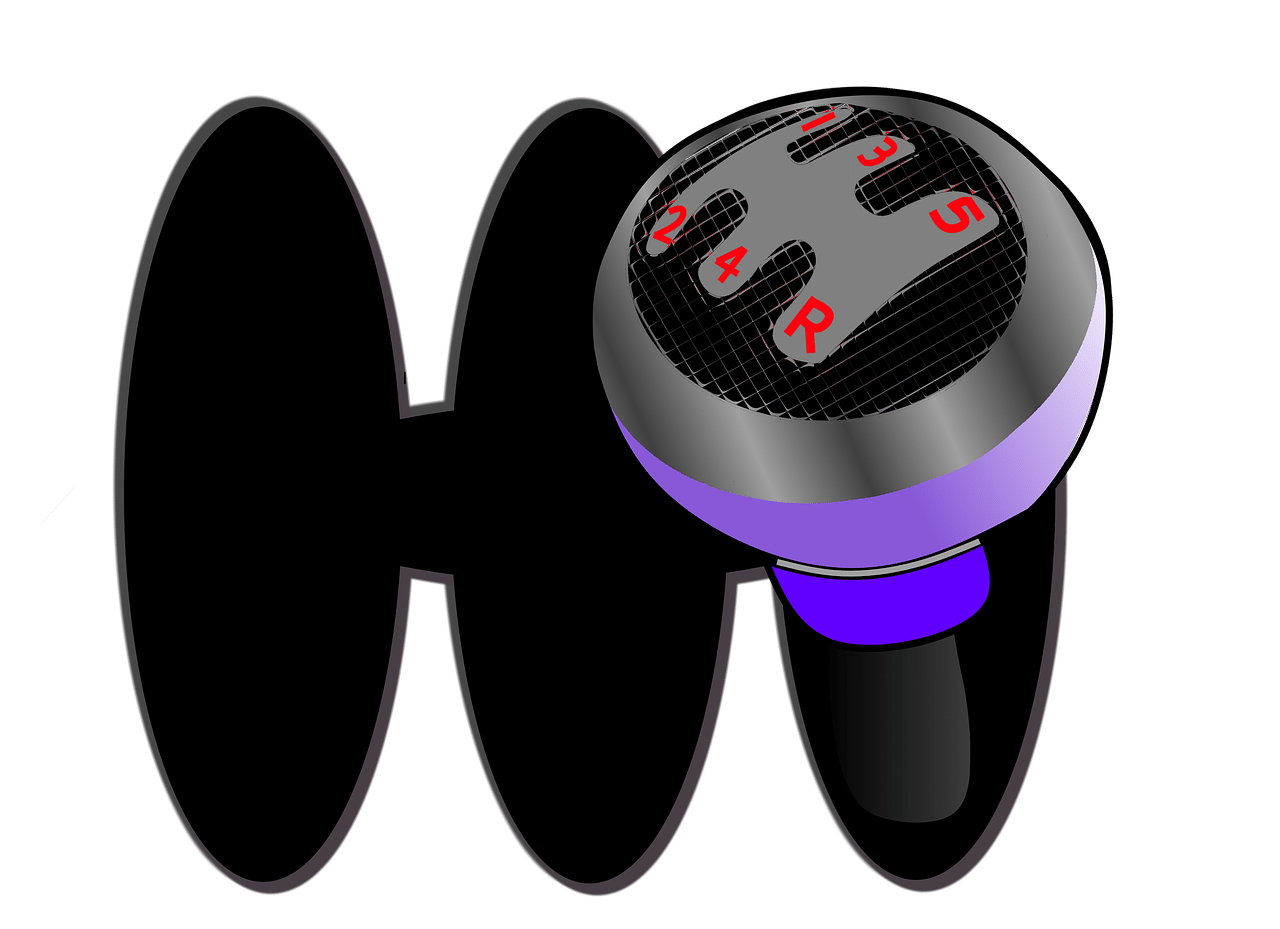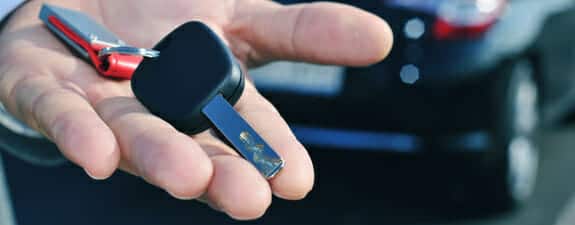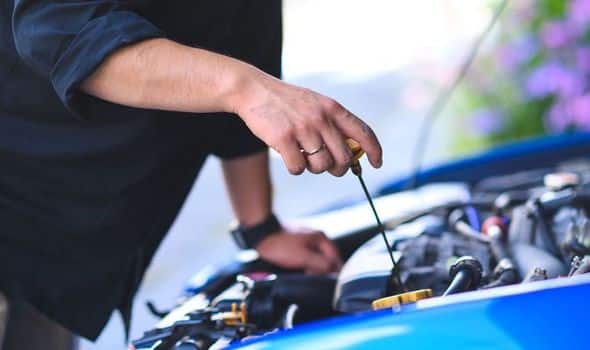
Purpose of Reverse Around the Corner manoeuvre
The purpose of the Reverse Around the Corner manoeuvre is to allow drivers to turn their vehicle around a corner in a limited space. This manoeuvre is particularly useful in tight spaces, such as narrow streets, where a traditional turn in the road may not be possible. It is designed to demonstrate the driver’s ability to control the car in a safe, convenient, and legal manner.
Potential Risks and Hazards of Reverse Around the Corner manoeuvre
Identifying Potential Risks
When performing the reverse around the corner manoeuvre, there are several potential risks and hazards that drivers should be aware of:
- Poor visibility: Reversing around a corner can limit visibility due to the angle of the corner and the position of the car. This can make it difficult to spot pedestrians, cyclists, or other vehicles, increasing the risk of collisions.
- Loss of control: The angle of the corner and the position of the car can make it challenging to maintain control of the vehicle during the manoeuvre. This can result in the car drifting too far to one side or the other, or even mounting the kerb.
- Poor judgement: Judging the distance between the car and the kerb can be difficult when reversing around a corner. This can lead to the car hitting the kerb or obstructing other vehicles, potentially causing accidents.
- Blind spots: Reversing around a corner can create blind spots, where the driver may not be able to see other vehicles or pedestrians in their surroundings. This increases the risk of collisions.
Precautions to Take When Other Vehicles Are Approaching
When other vehicles are approaching during the reverse around the corner manoeuvre, it is important to take additional precautions to ensure safety:
- Stop: If another vehicle is approaching, stop the manoeuvre and give right of way to the oncoming vehicle. Allow them to pass before continuing with the manoeuvre.
- Maintain awareness: Continuously monitor the surroundings for approaching vehicles while performing the manoeuvre. Use mirrors and blind spot checks to stay aware of any potential hazards.
- Communicate intentions: Clearly signal your intentions to other drivers by using indicators or arm signals. This can help them understand that you are performing a manoeuvre and allow them to adjust their driving accordingly.
- Be patient: If there is a queue of vehicles waiting behind you, be patient and allow them to pass before continuing with the manoeuvre. Avoid rushing or feeling pressured by other drivers.
By following these strategies and taking necessary precautions, drivers can mitigate the risks associated with the reverse around the corner manoeuvre and ensure the safety of themselves and other road users.
How to Approach and Navigate the Point of Turn Effectively
Approaching and navigating the point of turn effectively is crucial for a successful reverse around the corner manoeuvre. Here are some steps to follow:
- Position your car correctly: As you approach the corner, position your car slightly further away from the kerb, allowing enough space for the rear of your car to clear the corner.
- Check your mirrors: Before starting the manoeuvre, check your mirrors and windows to ensure there is no traffic approaching from behind. This will help you make informed decisions and adjust your manoeuvre accordingly.
- Begin the turn: Start turning the steering wheel to the left or right (depending if its a left or right hand corner) gradually as you approach the point of turn. Keep an eye on the kerb line and the back left window to determine when the back of your car is level with the beginning of the corner.
- Maintain control and accuracy: As you navigate the point of turn, use small and smooth steering movements to maintain control and accuracy. Keep the kerb line parallel to your car to ensure a straight line reverse.
- Monitor your surroundings: Continuously check your mirrors/blind spots and be aware of any approaching traffic or pedestrians. Adjust your manoeuvre if necessary to ensure the safety of all road users.
- Complete the turn: Once the back of your car is level with the beginning of the corner, continue reversing while keeping the kerb line parallel to your car. Gradually straighten the steering wheel as you complete the turn and align your car with the desired parking space.
By following these techniques and tips, and approaching and navigating the point of turn effectively, you can successfully execute the reverse around the corner manoeuvre with confidence and precision. Remember to practice in a safe and controlled environment to develop your skills and become comfortable with the manoeuvre.



